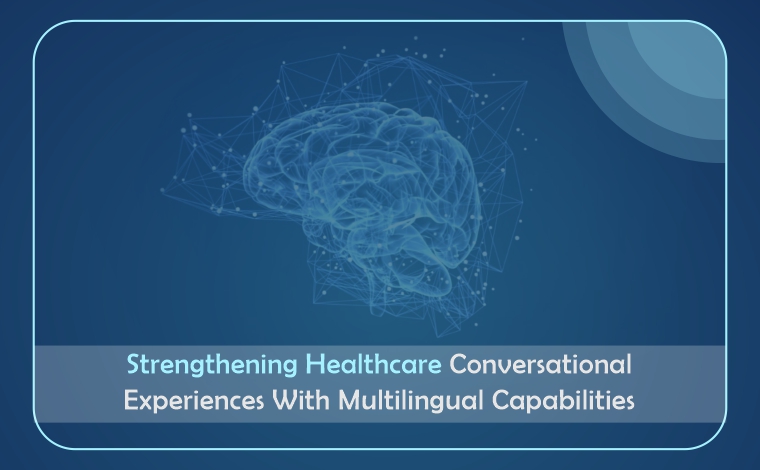


In India, a significant number of people face challenges due to limited English proficiency (LEP), with over 350 languages spoken across the country. Language barriers often go unnoticed as a critical factor affecting the quality of healthcare, yet they play a vital role in how well patients adhere to treatment, comprehend medical information, and feel satisfied with their care. In stressful healthcare situations, particularly when patients are experiencing pain, the urge to communicate in their native language becomes even more pronounced.
The LEP community often grapples with adverse social determinants of health (SDOH), leading to disparities in health equity. Typically, these individuals have lower educational attainment and a higher likelihood of living below the federal poverty line compared to the general population in India. While these challenges have long existed within the healthcare system, the COVID-19 pandemic has starkly revealed the severity of the communication gap between patients and providers.
To address these issues in real-time, many healthcare organizations resort to hiring translators. However, this approach may not be the most economical or beneficial for patients, as it can create a barrier in the patient-provider relationship. Additionally, what do patients do when they return home with unanswered questions, or when they feel hesitant to ask certain things in person?
To truly empower patients on their healthcare journey, they require round-the-clock, on-demand access to medical information and services, independent of the language they speak. The potential of conversational AI to engage and support a diverse patient demographic has become increasingly recognized, especially in light of the pandemic. As this technology continues to evolve within the healthcare sector, it’s crucial to ensure that no patient population is overlooked.
Although chatbots have been a presence for some time, recent advancements in artificial intelligence, natural language processing, and machine translation have reignited interest in these digital assistants. Providing multilingual digital experiences allows healthcare access to reach a broader, global audience. Moreover, it assists specific local groups who may not speak the dominant language of their region.
These chatbots can interact with patients in their native languages and translate conversations seamlessly, which helps ensure effective communication even when there is a language mismatch. Simbo.ai, for instance, utilizes both human and machine translation methods to cater to this need.
Machine translation offers numerous advantages, including cost-effectiveness, 24/7 availability, and easy access to healthcare information for patients. Conversely, human translation is often more suitable for sensitive or urgent matters that demand a more precise and nuanced approach. With multiple languages integrated into our digital health solutions, patients can quickly access, navigate, and receive the care they need.
Currently, Simbo.ai is enhancing a health system’s digital front door solution to accommodate Indian language speakers through machine translation. This initiative engages patients when they visit the healthcare organization’s website, assisting them in finding their way through the care options available. With machine translation implemented, patients can interact with the service in their native Indian language, allowing the system to understand their input and provide accurate responses in the same language.
In India, over 43 million people speak Hindi as their first language, a number that continues to rise. Expanding these digital resources to include this population can significantly boost engagement rates, broadening access to healthcare and enhancing understanding.